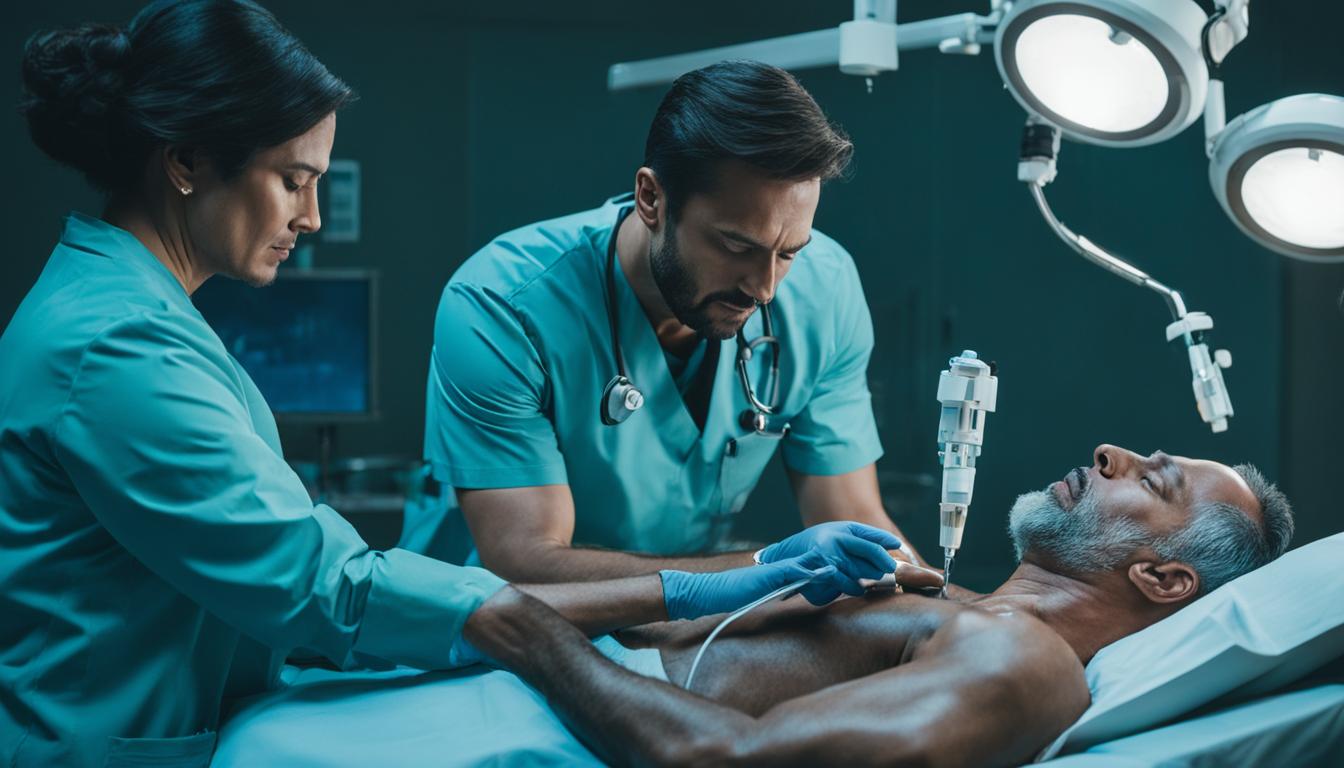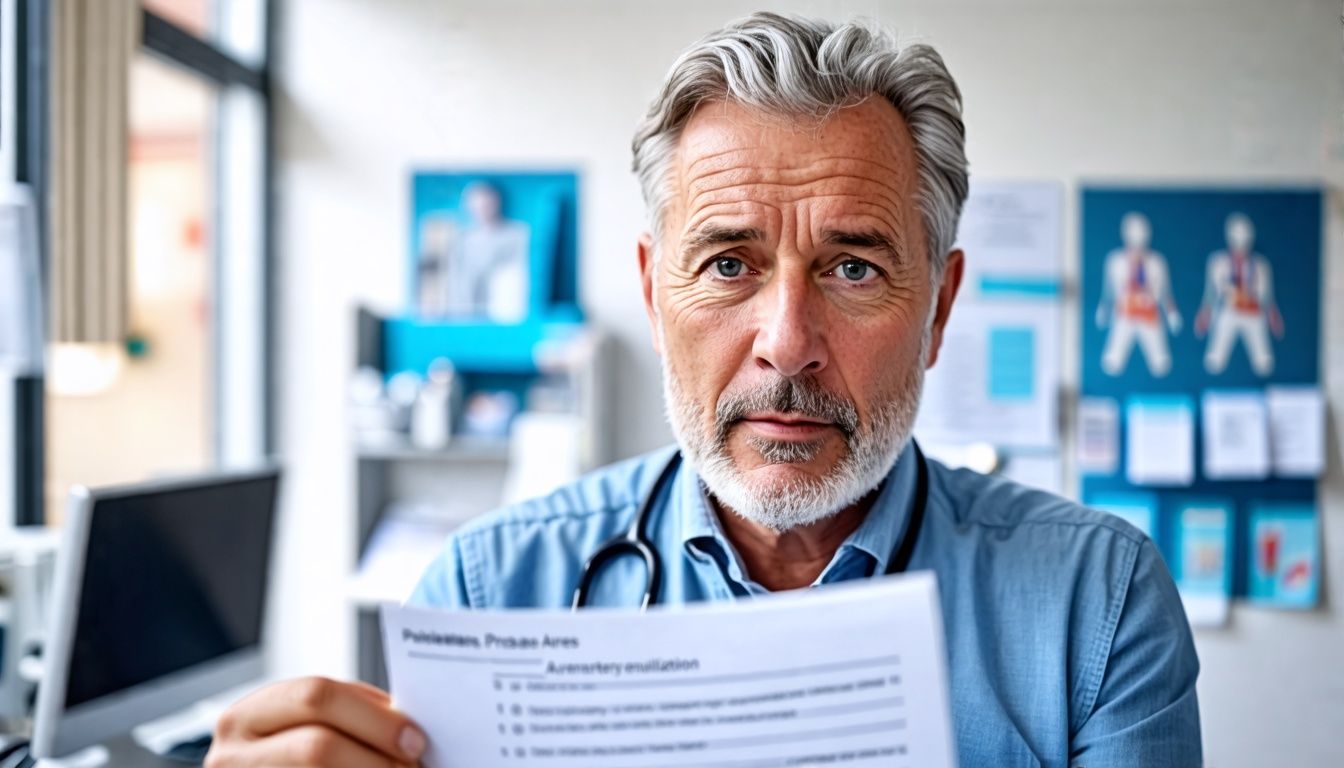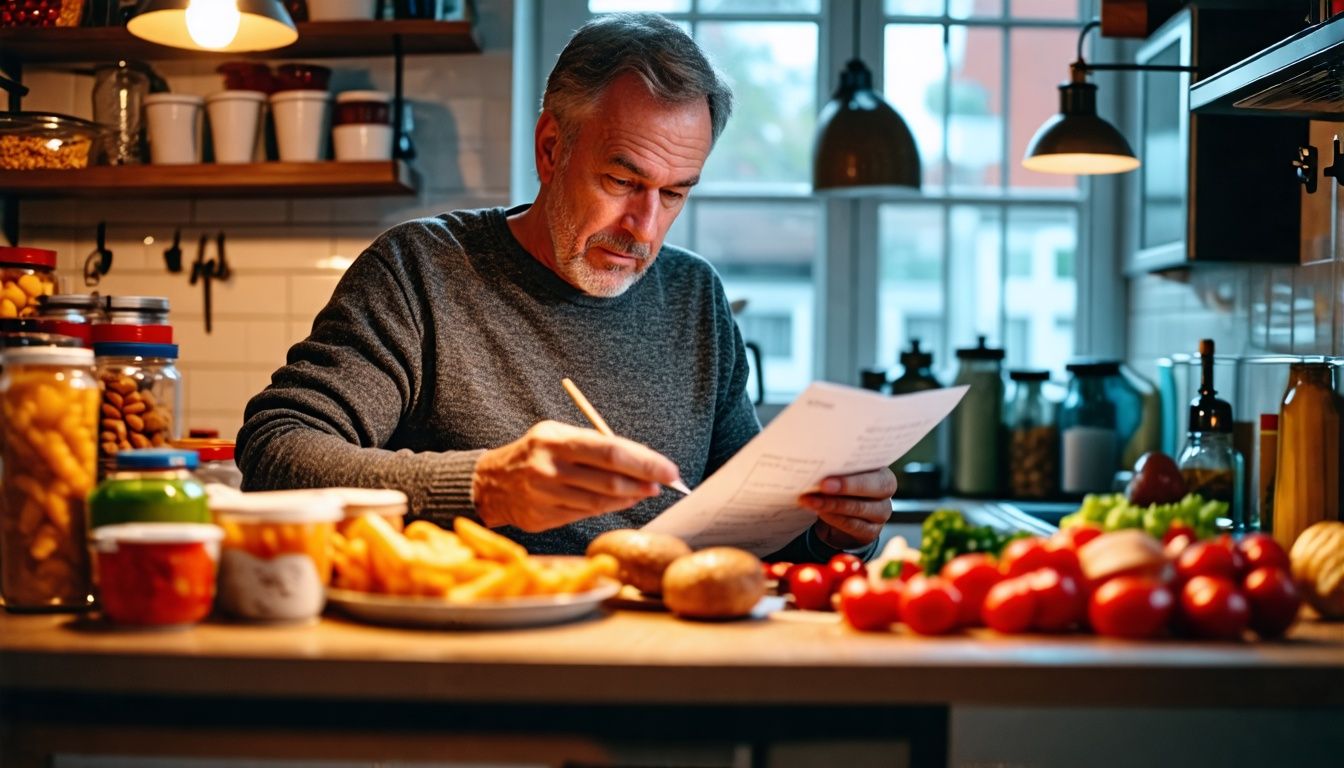A prostate biopsy is a common procedure performed to remove tissue samples from the prostate gland for further examination. It is natural to have concerns about whether it is safe to drive after the procedure. In this article, we will provide you with the safety tips and guidelines for driving following a prostate biopsy.
Before we get into the details, let’s address the frequently asked question: Can you drive after a prostate biopsy? While there are no specific driving restrictions, it’s essential to consider your well-being and any potential side effects that may impact your ability to drive safely.
Understanding the Prostate Biopsy Procedure
During a prostate biopsy, a
thin needleis used to collect
tissue samplesfrom the prostate gland. This procedure, known as a
transrectal biopsy, is performed by a urologist. It is typically recommended if initial tests, such as a
prostate-specific antigen (PSA) blood testor digital rectal exam, suggest the possibility of prostate cancer. The tissue samples collected during the biopsy are examined under a microscope to determine if there are any abnormal cells that may indicate the presence of prostate cancer.
To gain a better understanding of the prostate biopsy procedure, let’s break it down step by step:
- The patient is positioned on their side with their knees drawn up towards their chest.
- A lubricated ultrasound probe is inserted into the rectum to provide imaging guidance.
- The urologist uses the ultrasound images to visualize the prostate gland.
- A local anesthetic is injected into the area to minimize discomfort.
- Using a biopsy needle, the urologist collects small tissue samples from different areas of the prostate.
- The samples are sent to a laboratory for examination by a pathologist.
This procedure may cause some temporary discomfort or pressure, but it is generally well-tolerated by patients. It is important for patients to communicate any concerns or discomfort they may experience during the procedure, as the urologist can take steps to manage any discomfort.
| Advantages of Transrectal Biopsy | Disadvantages of Transrectal Biopsy |
|---|---|
| Minimally invasive procedure | Risk of infection |
| No external incisions | Possible bleeding after the procedure |
| Can be performed on an outpatient basis | Discomfort during the procedure |
| Provides accurate tissue samples for examination | Potential for complications such as urinary retention or erectile dysfunction |
Risks and Complications
Although rare, complications can occur after a transrectal biopsy. These can include infection, bleeding, and difficulty urinating. If you experience severe pain, heavy bleeding, or signs of infection such as fever or chills, it is important to contact your healthcare provider immediately.
If you’re feeling anxious about the prostate biopsy procedure, it’s completely normal. Your healthcare provider will explain the entire process to you and address any concerns you may have. Remember, early detection is key to successfully treating prostate cancer.
Post-Prostate Biopsy Driving Restrictions
After a prostate biopsy, there are generally no specific driving restrictions. However, it is important to consider the potential side effects that may affect your ability to drive safely. These can include bleeding at the biopsy site, blood in urine or semen, and difficulty urinating. It is recommended to wait for 24 to 48 hours after the procedure before driving, and to assess your own comfort level and any potential side effects before getting behind the wheel.
Driving limitations after prostate biopsy can vary depending on individual factors such as pain levels, recovery progress, and the presence of any complications. It is essential to prioritize your safety and the safety of others on the road. If you experience significant pain, dizziness, or discomfort that may impair your driving ability, it is advisable to refrain from driving until you have fully recovered.
Patients should also bear in mind that medications prescribed during the recovery period may cause drowsiness or impair motor coordination. Always follow your healthcare provider’s advice regarding the use of medications and their potential impact on driving.
Safety precautions for driving after prostate biopsy:
- Wait for 24 to 48 hours after the procedure before driving.
- Assess your comfort level and any potential side effects before getting behind the wheel.
- Take it slow and avoid any sudden movements or actions that may cause strain or discomfort.
- Have someone accompany you on your first few drives after the procedure, just in case you experience any unexpected side effects.
Remember, everyone’s recovery experience is unique, so it is crucial to listen to your body and consult with your urologist if you have any concerns or experience any severe symptoms that may affect your ability to drive safely.
| Driving Limitations | Safety Precautions |
|---|---|
| Bleeding at the biopsy site | Wait for 24 to 48 hours before driving |
| Blood in urine or semen | Assess comfort level and potential side effects before driving |
| Difficulty urinating | Take it slow, avoid sudden movements, and have someone accompany you on initial drives |
Safety Tips for Driving After Prostate Biopsy
If you decide to drive after a prostate biopsy, it is important to take certain safety precautions. Make sure you are feeling well and not experiencing any significant pain or discomfort. Take it slow and avoid any sudden movements or actions that may cause strain or discomfort.
It is also a good idea to have someone accompany you on your first few drives after the procedure, just in case you experience any unexpected side effects.
Post-Biopsy Driving Recommendations:
- Ensure you are feeling well and not in significant pain or discomfort.
- Take it slow and avoid sudden movements or actions that may cause strain.
- Have someone accompany you on your first few drives after the procedure.
Tips for Safe Driving After Prostate Biopsy
| Tips | Explanation |
|---|---|
| 1. Take it slow | Avoid sudden movements that may cause discomfort or pain. |
| 2. Avoid strain | Avoid actions that may strain your body post-biopsy. |
| 3. Drive with company | Have someone accompany you on your first drives after the biopsy. |

Conclusion
In conclusion, driving after a prostate biopsy is generally safe, as there are no strict restrictions. However, it is crucial to prioritize your own comfort level and consider any potential side effects before getting behind the wheel.
We recommend waiting for 24 to 48 hours after the procedure before driving and assessing your well-being. It is important to take it slow and listen to your body, as you may experience some discomfort or side effects such as bleeding, blood in urine or semen, and difficulty urinating.
If you have any concerns or encounter significant side effects, it is advised to consult with your urologist for further guidance. Remember, your safety and well-being should always be the top priority when deciding to drive after a prostate biopsy.
FAQ
Can I drive after a prostate biopsy?
Generally, there are no strict driving restrictions after a prostate biopsy. However, it is recommended to wait for 24 to 48 hours after the procedure before driving to assess your own comfort level and any potential side effects.
What are the potential side effects that may affect my ability to drive after a prostate biopsy?
Potential side effects after a prostate biopsy can include bleeding at the biopsy site, blood in urine or semen, and difficulty urinating. It is important to consider these side effects and your own comfort level before driving.
Should I wait for a certain period of time after a prostate biopsy before driving?
It is recommended to wait for 24 to 48 hours after a prostate biopsy before driving. This allows time for any potential side effects to subside and for you to assess your own well-being.
What safety precautions should I take when driving after a prostate biopsy?
When driving after a prostate biopsy, it is important to ensure you are feeling well and not experiencing any significant pain or discomfort. Take it slow and avoid sudden movements or actions that may cause strain or discomfort. It is also advisable to have someone accompany you on your first few drives after the procedure, just in case you experience any unexpected side effects.
What should I do if I have concerns or experience significant side effects while driving after a prostate biopsy?
If you have any concerns or experience significant side effects while driving after a prostate biopsy, it is important to consult with your urologist. They will be able to provide guidance and address any concerns you may have.
Is it Safe to Drive After Exercising Post-Prostate Biopsy?
It is not recommended to exercise after a prostate biopsy. The procedure can cause discomfort and pain, and engaging in strenuous physical activity can exacerbate these symptoms. It is important to rest and allow the body to heal properly before resuming normal exercise after a prostate biopsy.



